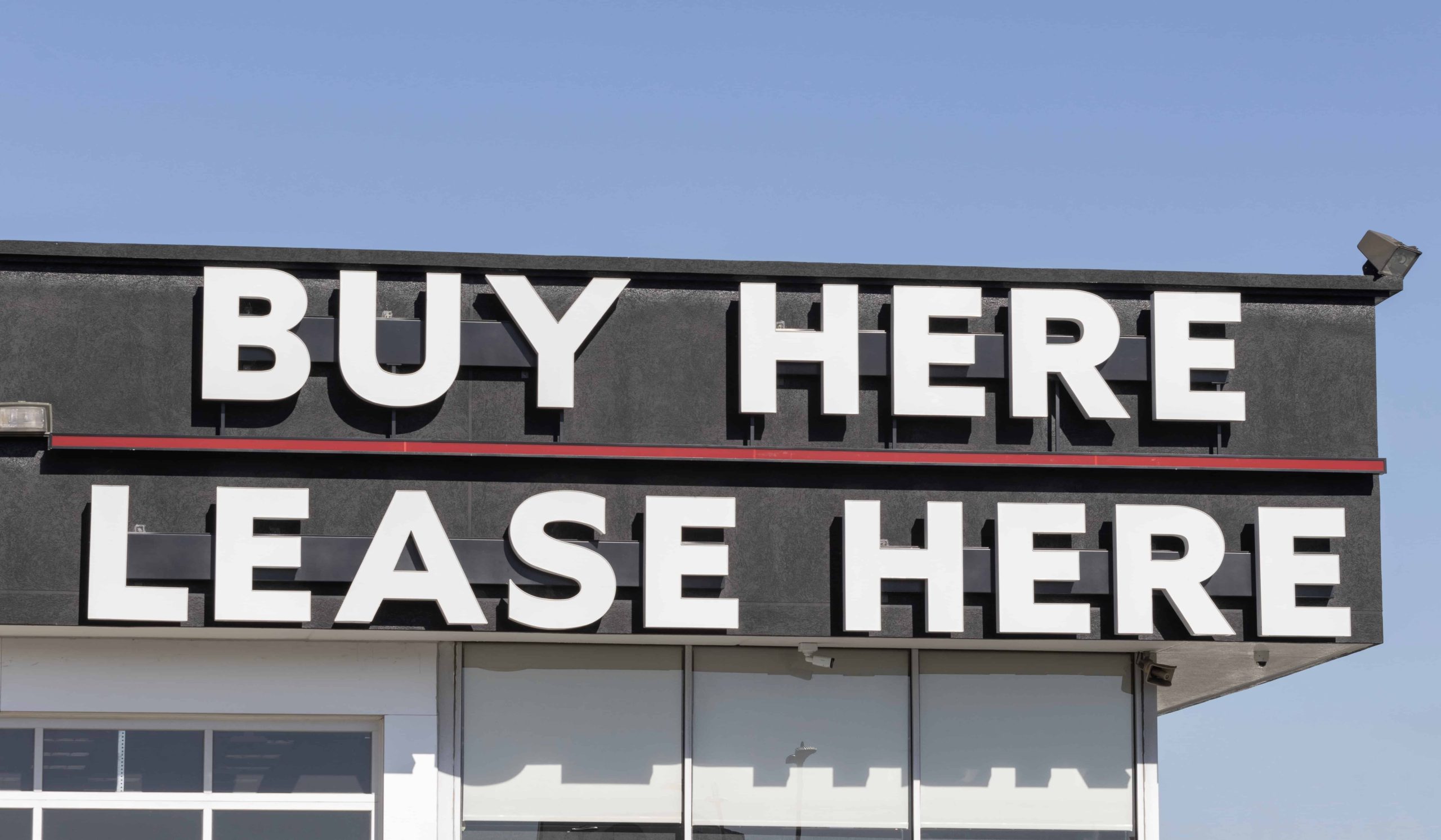Buying a car is already expensive enough without hidden fees creeping in at the last minute. The price you see on the sticker isn’t always the price you’ll actually pay. Dealerships often add extra fees that can inflate the total cost by hundreds or even thousands of dollars. The good news? Not all fees are set in stone. Knowing which ones are non-negotiable and which ones you can challenge could save you a lot of money — and frustration — when it’s time to sign on the dotted line.
Dealer Fees Don’t Have to Catch You By Surprise
Dealer fees typically make up about 8% to 10% of a car’s purchase price. Some of them are required by law. Others are completely optional or may even be inflated, adding hundreds or even thousands of dollars to the cost. Knowing which fees fall into which bucket can help.
Typical Mandatory Dealer Fees
Some costs you really just can’t get around. But knowing what they are upfront helps avoid any surprise on closing day. This may include the following charges:
- Documentation Fee
- Destination Charge
- Inspection and Emission Fee
- Tax, Title, and License Fees
Documentation Fee
The “doc fee” covers the dealership’s costs for handling all the paperwork involved in your purchase. This is standard practice. States regulate how much dealers can charge for this. You may be able to negotiate the fee itself, but do not hold your breath on it. Many states have outlines on doc fees.
Destination Charge
When purchasing a new vehicle, a destination fee covers getting that shiny new car from the factory to the dealership. This is consistent across the board for the same make and model. It doesn’t matter how close the car may be or how close you live.
Inspection and Emission Fee
Many states require a safety and emissions check before a vehicle can be legally sold. So the dealership usually passes this cost on to you. The prices here can vary, but they’re often small compared to many of the other things.
Tax, Title, and License Fees
Registering your new ride with the local government means paying sales tax, a title fee, and a license fee. These requirements vary depending on your home state. Some areas have additional fees, so it’s a good idea to do a little research beforehand.
Potential Optional Dealer Fees: Know What To Question
Now here’s where things get interesting and where understanding your leverage helps you get a better deal. These next fees are typically not requirements. They present the chance for negotiation and smart decision-making.
Market Adjustment Fee
When a specific car model is incredibly popular, dealers sometimes add a “market adjustment” fee on top of the MSRP (Manufacturer’s Suggested Retail Price). These are pure profit for the dealership. They’re not based on anything official and are entirely negotiable.
GAP Insurance
Guaranteed Asset Protection (GAP) insurance becomes very useful if your car is ever totaled. It is helpful to bridge the “gap” between what your auto loan insurance payout is (based on the car’s depreciated value) and what you might still owe on your loan. If you made a decent-sized down payment, GAP may be less important. Also, check with your car insurance provider, as they might offer it at a lower cost than the dealership.
Loan Protection Insurance
This kind of insurance comes into play if unexpected life events keep you from making your car payments. Think of things like job loss, illness, or even death. The coverage may pay off the rest of your loan balance. Again, this may not be the wisest option compared to simply having money on hand in case of an issue. Check into personal loans for potential better terms.
Extended Warranty
An extended car warranty, often called a vehicle service contract, kicks in after your original manufacturer’s warranty is done. Dealerships frequently offer these. Dealers aren’t usually the ones who directly provide the warranty coverage. Make sure that any third-party company is well-reviewed. Carefully reading all the tiny words about exactly which parts and labor get coverage, and for how long.
Tire-and-Wheel Protection
This warranty pays to repair or even replace tires or wheels. It does so for road hazards like nails, potholes, or even debris like glass and tree branches. Over years of driving, this coverage might save you money compared to replacing tires. Although it depends on your usual road situation. Also your credit card might already include protection for new tires.
Appearance Protection Packages
These are designed to keep your car’s paint and interior in perfect condition, protecting them from all sorts of small damage. You can definitely pass on this or save money by working with local auto detailers instead. These packages tend to have high price tags, so consider other options first.
Conclusion
Understanding dealer fees gives you the power to make smarter decisions when buying a car. Some fees are unavoidable, but many can be reduced or removed altogether. By knowing what to expect and what to challenge, you’ll avoid surprise costs and keep more money in your pocket. A little research and confidence can go a long way toward getting the best deal possible.










